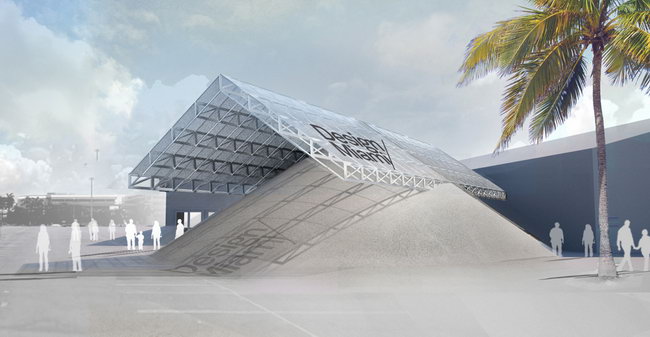 每年十二月,“设计迈阿密”委员会的年青建筑师都要为该组织一年两次的展览,设计一个景观建筑作为博览会的入口。今年获胜的方案被称为“帐篷支架”, 它是由总部设在纽约的Formlessfinder建筑事务所设计的。 他们的设计充分利用沙子和铝材料的特性,为迈阿密的创造了一个可游玩的,可遮阳的,可休憩和提供冷气的公共空间。 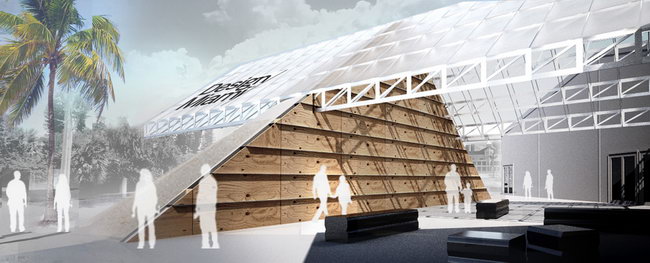 由于在使用可再生材料方面的浓厚兴趣, Formlessfinder旨在为迈阿密带来两个重要的体验感受:有许多的沙子和以室内外空间为特征表现出的热带地区战后的现代主义思想,并以此界定城市建筑。 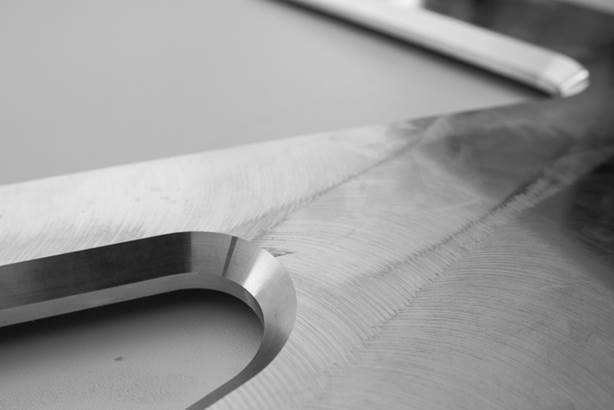 “帐篷支架”的悬臂式铝制屋顶是其标志性的结构,它使用了由美国铝业公司精密数控加工的6000系列铝材,其精度甚至达到了机械腕表的程度。一个独特的天然阳极氧化涂层被应用于这种铝材表面,以保持其光泽以及蓝宝石般的硬度。这种技术最早被Neal Feay的LV建筑事务所采用。 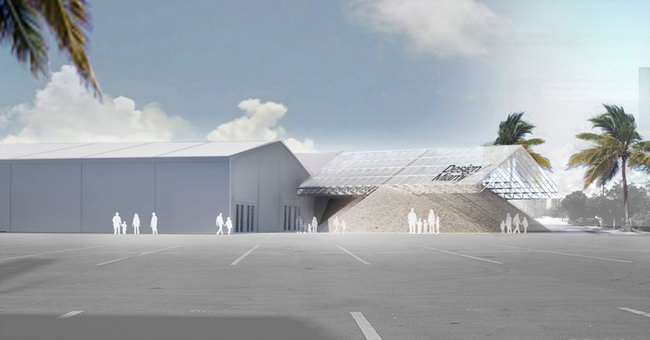 尽管沙子在迈阿密通常被建筑师视为一种不安定因素和一种不稳定的存在,但他依旧被用作“帐篷支架”的支撑,架起悬臂结构的轻质铝材屋顶。作为零排碳材料,他完全可以拆卸后重新使用。这个金字塔沙堆被挡土墙切开一半,为会场入口创造出更有序的空间,冷气从墙体后由风扇送出,冷空气被送到人们坐的长椅上。 “我们希望创造出一个人们愿意参与其中的东西,”Ricciardi说,这个结构设计的应用和探索使得我们如愿以偿。 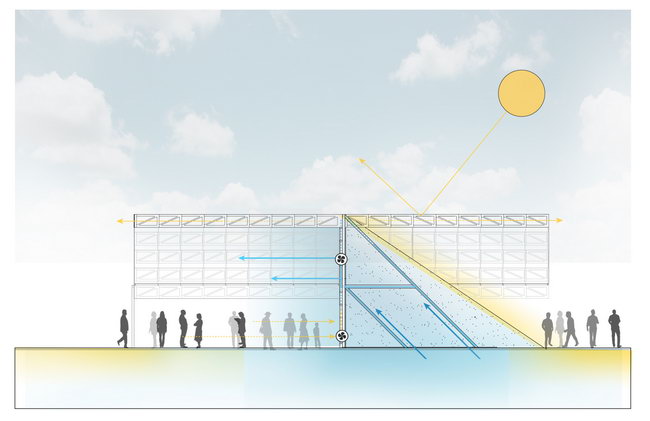 这个展馆每年将会容纳超过五万名来到迈阿密以及附近南岸城市的参观者。他将在今年十二月四日向公众开放五天。 参考:DesignMiami.com 建筑设计事务所:formlessfinder 主创设计师:Garrett Ricciardi & Julian Rose 结构工程师:Robert Silman Associates / Nat Oppenheimer & Ben Rosenberg 铝材制造公司:: Neal Feay Company / Alex Rasmussen 环境工程咨询:Mahadev Raman & Patrick Regan 项目支持:美国铝业公司 面积:2900平方英尺 年份:2013 摄影:formlessfinder, Neal Feay Company 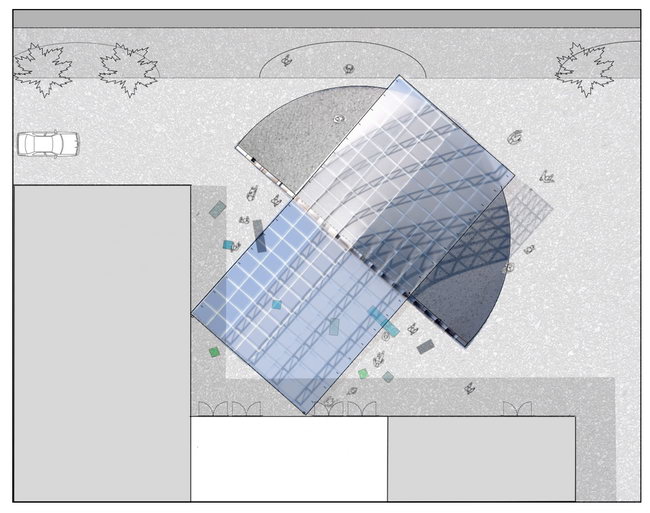 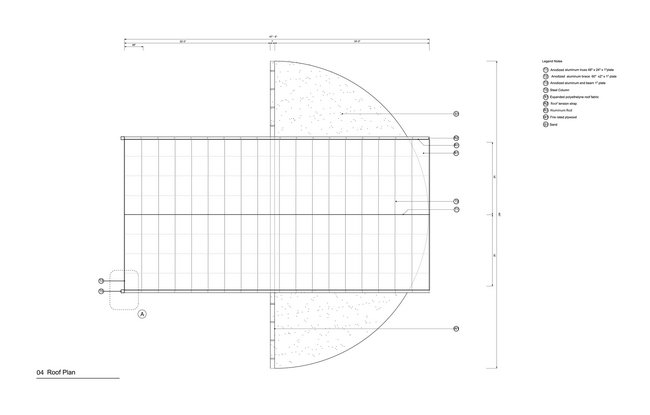 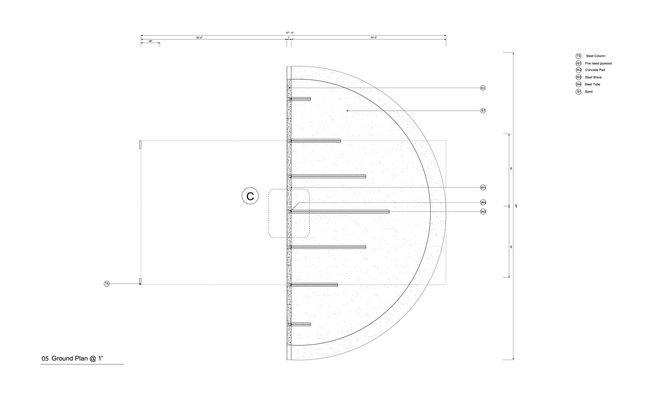 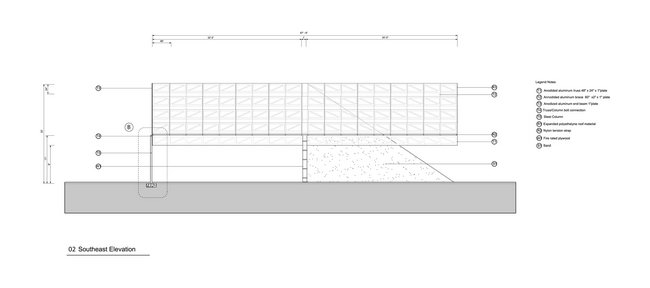  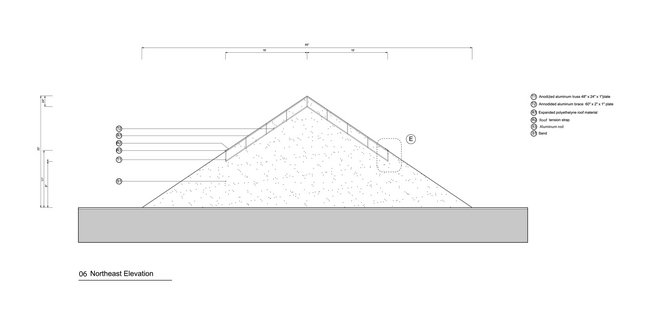 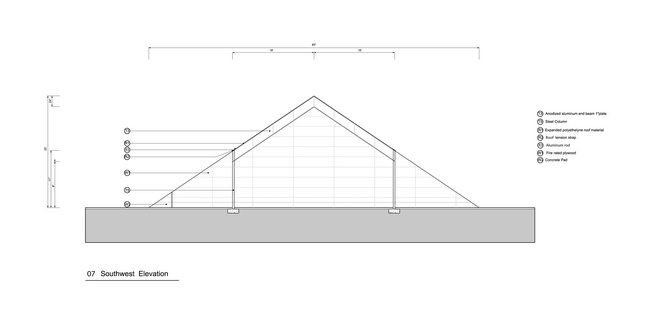 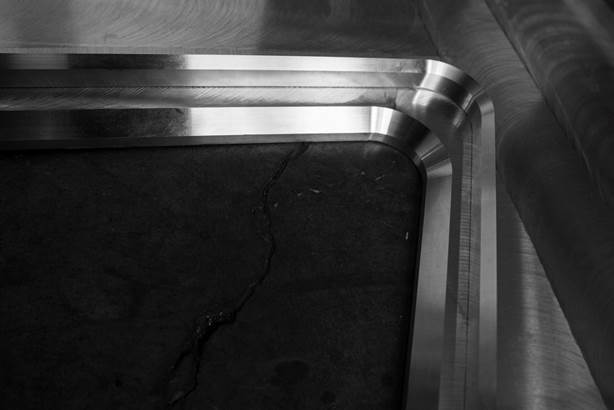 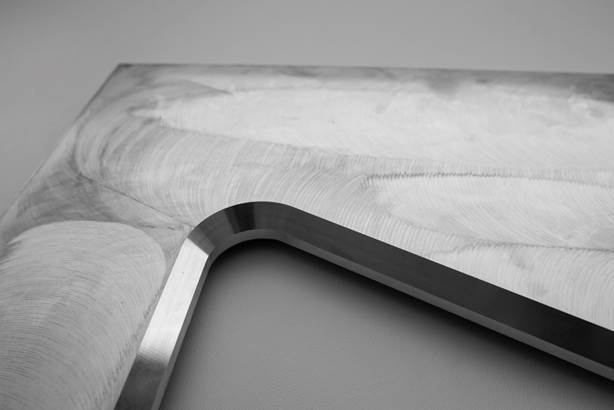 原文网址:http://www.archdaily.com/437970/design-miami-pavilion-formlessfinder/ Design Miami Pavilion / formlessfinder Each December, Design Miami/ commissions early-career architects to build a designed environment for the fair’s entrance as part of its biannual Design Commissions program. This year’s winning proposal, dubbed “Tent Pile,” was designed by the New York-based architectural practice formlessfinder. Its design harnesses the properties of sand and aluminum to create shade, seating, cool air and a space to play for Miami‘s public. Interested in experimenting with re-usable materials, formlessfinder focused on two phenomena that they felt were particular to Miami: the abundance of sand and the “tropical post-war modernism distinguished by hybrid indoor/outdoor spaces” that defined the city’s architecture. Tent Pile’s cantilevered aluminum roof is emblematic of this and was precision CNC machined from Alcoa 6000 series aluminum, engineered at watch mechanism level. A unique natural anodized finish with a corundum coating was applied during the CNC process to preserve the finish luster and protect it with the hardness of sapphire. This technique was originally developed for Neal Feay’s work with Louis Vuitton architecture. While sand is generally viewed as problematic and destabilizing for architects in Miami, it is used as a stabilizing element in Tent Pile, mooring the lightweight aluminum roof for the cantilever. Being a zero-waste material, it is also completely re-usable after the pavilion’s disassembly. The pyramid of sand is sliced in half by a retaining wall that creates more ordered space at the fair’s entrance, providing bench seating that is cooled by colder air being drawn through the wall from the sand then distributed by fans. “We’re hoping to create something that people would want to participate in,” says Ricciardi, and the result is a structure designed to be occupied and explored, as much as it is to be admired. The pavilion will create a refuge for the more than 50,000 visitors who come to Miami for the fair each year, as well as for inhabitants of the city’s South Beach neighborhood. It will open to the general public for five days on December 4th of this year. Reference: DesignMiami.com Architects: formlessfinder Designers In Charge: Garrett Ricciardi & Julian Rose Structural Engineer: Robert Silman Associates / Nat Oppenheimer & Ben Rosenberg Aluminum Fabrication: Neal Feay Company / Alex Rasmussen Environmental Engineering Consultation: Mahadev Raman & Patrick Regan Special Project Support: ALCOA Area: 2900.0 ft2 Year: 2013 Photographs: formlessfinder, Neal Feay Company |